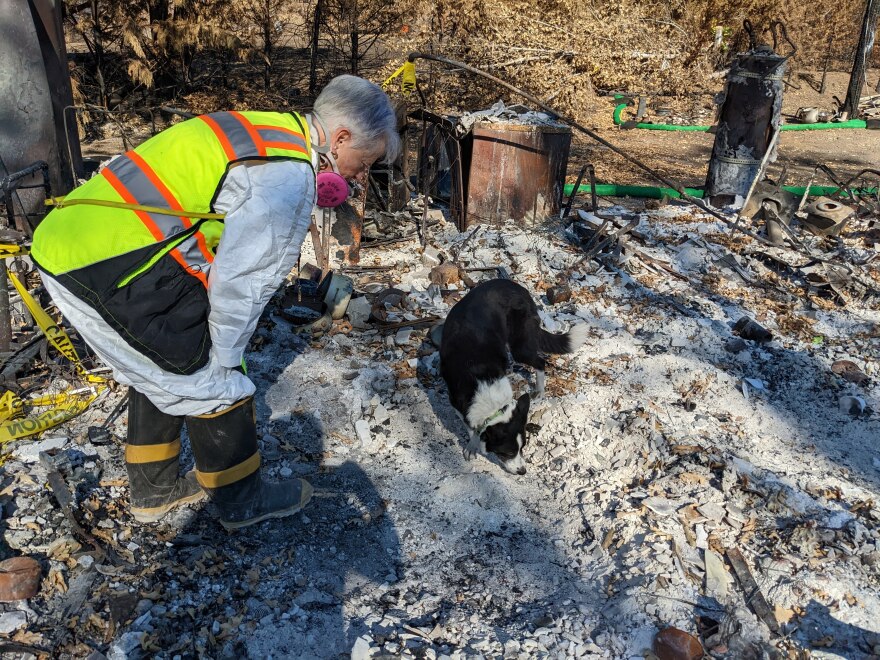Introduction
Canine forensics, also known as forensic dog handling, is a specialized branch of forensic science that involves the use of trained canines in criminal investigations. Due to their natural ability to sense, detect, discriminate, and remember scents, dogs are invaluable assets in a variety of forensic contexts. Their olfactory system is estimated to be 10,000 to 100,000 times more sensitive than that of humans, enabling them to detect odor concentrations as low as 1-2 parts per million (ppm).
Historical Background
- 1888, England: Bloodhounds were first used by police for tracking Jack the Ripper.
- 1899, Belgium: The formal training of law enforcement dogs began.
- 1916, Germany: The first official dog training school was established.
- 2020, India: The first sniffer dog training center was inaugurated in Amritsar for the customs department.
Roles and Responsibilities
Canine forensic teams consist of two primary elements: the handler and the trained canine. These teams are employed in various scenarios, including:
- Crime scene investigation: Searching for trace evidence.
- Detection of human remains: Locating bodies in criminal investigations.
- Arson investigation: Identifying accelerants and determining the fire's origin.
- Search and rescue: Locating missing persons or criminals.
- Detection of electronic devices: Identifying hidden electronic components like USBs and hard drives.
- Explosive and drug detection: Ensuring public security at events and detecting illegal substances.
- Wildlife protection and conservation: Detecting poachers and illegal wildlife products.
Training Methods
Dogs are trained using various techniques, the most common being positive reinforcement, which associates specific scents with rewards. This method ensures that the dogs are motivated and responsive during their tasks.
Significant Cases Solved with Canine Assistance
- Blind murder mystery, India: A canine officer tracked the killer of a 15-year-old boy over 22 km, solving a complex case.
- Shakib Ahmad murder case: A dog identified the killer by scent from a blood-stained cloth.
- Caylee Anthony case, USA: Forensic dogs detected the smell of 2-year-old Caylee in the car and backyard of her mother's property.
Breeds Commonly Used in Forensic Applications
- Belgian Malinois
- German Shepherd
- Labrador Retriever
- Bloodhound
- Dutch Shepherd
Conclusion
Canines have served alongside humans for centuries, and their unique abilities make them especially suited for forensic applications. The relationship between dogs and handlers enhances their effectiveness, making canine teams a critical component of modern forensic science. Their roles in detecting crime, finding missing persons, and protecting wildlife underscore their invaluable contributions to law enforcement and public safety.

